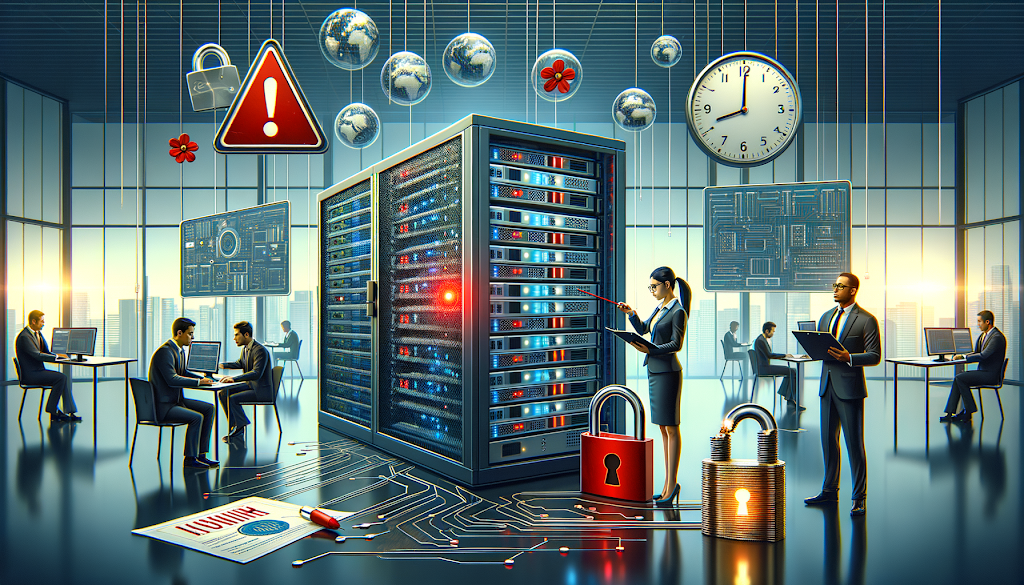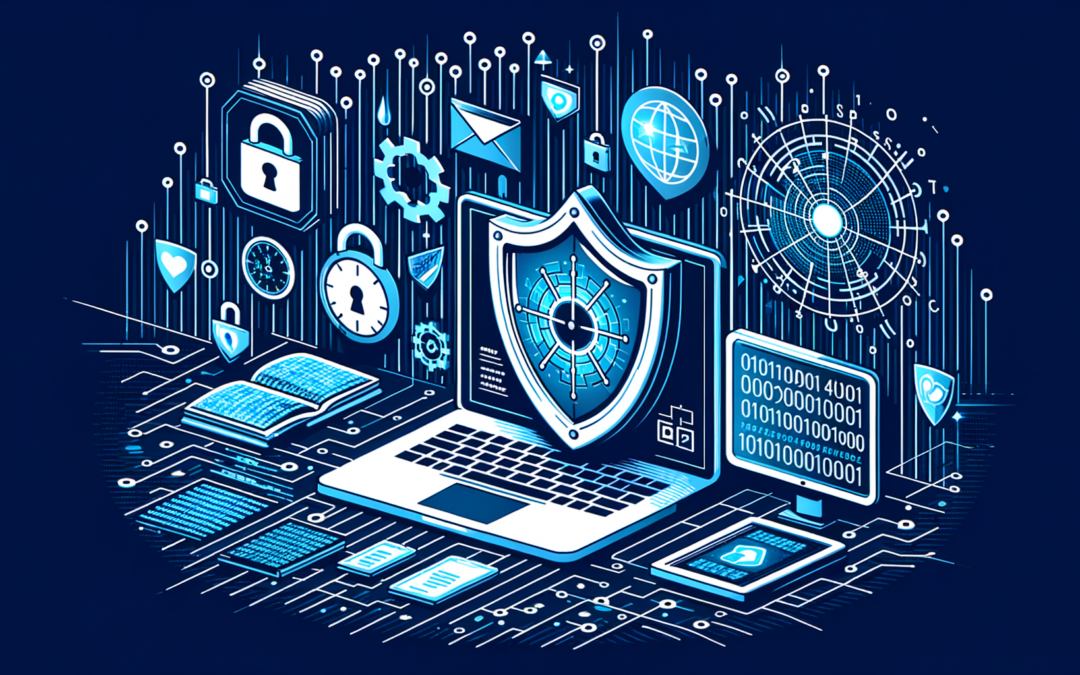Table Of Content
Enhancing Global Cybersecurity Through Collaboration
Introduction: Understanding the Cybersecurity Landscape
The digital era has brought immense opportunities for growth and innovation, but it has equally led to significant cybersecurity challenges. As connected devices increase, so do the vulnerabilities available to cybercriminals. With this evolving landscape, the need for enhanced cybersecurity regulations and global partnerships becomes imperative. This blog will delve into the intricacies of cybersecurity with a focus on IoT vulnerabilities, data protection, and incident response strategies.
Why Enhanced Cybersecurity Regulations Are Crucial
In a world where technology integrates deeply into daily lives, ensuring cybersecurity becomes a collective responsibility. Enhanced regulations are essential to safeguard personal and organizational data against breaches. Currently, many parts of the world operate with inadequate legal frameworks that do not fully comprehend the rapid technological advancements. Such oversights leave organizations vulnerable to myriad threats like phishing, ransomware, and data breaches.
First, regulations set a legal standard, establishing a baseline of security requirements that organizations must meet. They ensure that companies prioritize security measures, thus reducing the likelihood of data breaches. Second, these regulations instill trust among consumers, assuring them that their data is secure. Moreover, regulatory frameworks can drive innovation by pushing for advanced security technologies and practices.
IoT Vulnerabilities: An Inescapable Challenge
The Internet of Things (IoT) represents a massive network of connected devices that collect and share vast amounts of data. However, despite its benefits, IoT also introduces significant cybersecurity risks. Many IoT devices lack robust security protocols, making them attractive targets for hackers. These vulnerabilities can lead to unauthorized access, data theft, and even control of critical infrastructure.
- Lack of Standardization: The IoT landscape is diverse, featuring devices from multiple manufacturers with different security protocols, leading to inconsistencies and vulnerabilities.
- Complexity and Scale: The interconnected nature of IoT devices means a single vulnerability can lead to widespread network threats.
- Inherent Security Flaws: Many IoT devices are resource-constrained, making it challenging to implement strong security measures.
Addressing these vulnerabilities requires a coordinated approach, involving setting up industry standards, enhancing device security, and fostering user awareness.
Data Protection and Incident Response
Ensuring data protection is at the heart of cybersecurity. The advent of strict regulations like GDPR shows the global emphasis on safeguarding personal data. Organizations must adopt robust data management strategies that include encryption, access controls, and regular audits.
Incident response is equally critical, dictating how an organization handles a data breach. An effective response plan involves rapid identification of the breach, containing the threat, eradicating the cause, and implementing measures to prevent recurrence. Training and preparedness are key so all stakeholders understand their roles in maintaining robust cybersecurity.
Global Collaboration: Necessary for Cybersecurity Success
Cyber threats do not recognize geographical boundaries, necessitating global collaboration in combating these challenges. Countries must share intelligence, strategies, and resources to address cybersecurity threats effectively. International agreements and partnerships play a significant role in facilitating this collaboration.
For instance, platforms like the Cybersecurity Information Sharing Act (CISA) in the United States encourage information flow between the government and the private sector. Additionally, international bodies like the International Telecommunication Union (ITU) work towards setting global cybersecurity standards.
Such collaborative efforts help mitigate threats, enhance security measures, and build a resilient cybersecurity posture globally.
In conclusion, as cyber threats continue to grow in sophistication, global collaboration stands as a cornerstone of cybersecurity strategy, providing the collective defense needed in our interconnected world.
At Jun Cyber, we are committed to enhancing your organization’s cybersecurity posture. Our expert team offers comprehensive services designed to protect your assets and data against evolving threats. Schedule a call with us today to safeguard your digital future.
For further reading, explore these resources:
- Best Practices for Improving Cybersecurity – CSO Online provides insights into organizational strategies for boosting cybersecurity.
- Optimizing IoT Cybersecurity – IoT For All discusses challenges and solutions in securing IoT devices.
- Incident Response Best Practices – ENISA outlines best practices and guidelines for incident response teams.
Reference: [Your Original Article URL here]
Visit our website for more cybersecurity insights: www.juncyber.com



